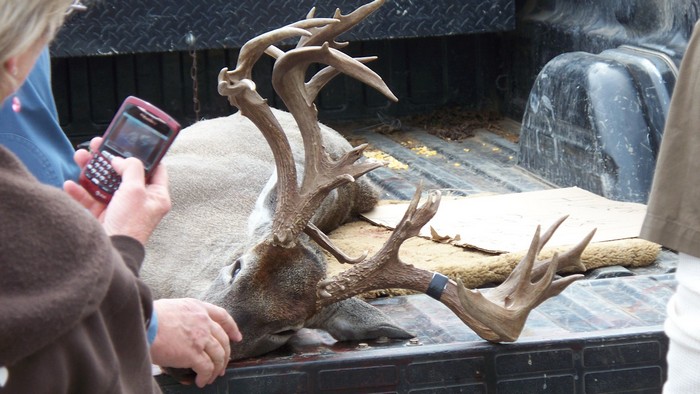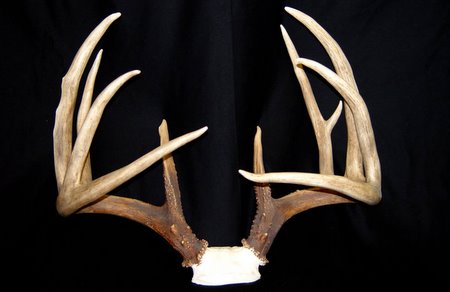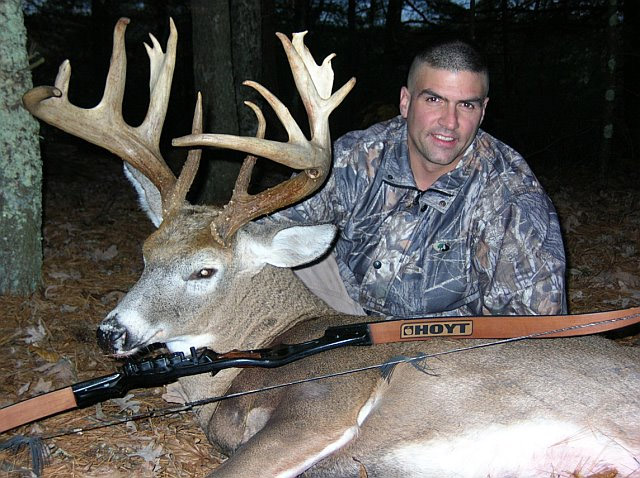If you have spent any amount of time driving around Texas then you know that there really are good, native white-tailed bucks scattered across the state. You don’t even have to be a deer hunter to realize that the Lone Star State harbors some photo-worthy whitetails in every region, although some places seem to have more than their fare share.
This triple-beamed, Brown County buck is a testament to Texas’ great whitetail habitat and the many ranches involved in very successful deer management programs. The bucks is a good deer without the extra beam on it’s right side, sporting numerous points and good mass overall.

Brown County has long been a favorite place of many hunters looking to set their sights on white-tailed deer. And deer hunters love Brown County for good reason, because there is some amazing deer country out there! Although this area produces solid whitetail bucks year-in and year-out, it seems one lucky hunter really got even more than he could have imagined this season. Let’s just say the results are, well, non-typical.
Here is what I received via email:
“Attached are photos of a freak whitetail buck that was supposed to have been killed this morning between Thrifty and Grosvenor. I received two calls this morning telling me that the non-typical buck was at Weakley Watson Sporting Goods. Since I was already in town, I stopped and took the attached photos. The buck had been scored at 208 and had 27 points. There was quite a crowd gathered to see this big whitetail buck.”
I believe that big whitetail bucks can be produced just about anywhere where high quality deer habitat is found, Texas or otherwise. Time and time again I’ve helped managers on private ranches increase the antler size of bucks on their property by improving habitat, regulating harvest, and implementing good all-around deer management techniques.
Sure, it never hurts to have a genetically exceptional buck make a place look good, but there are certain things every hunter can do to improve the quality of every deer found on their land. The easiest way to ensure the deer found on your deer hunting property are healthy is to shoot enough of them, but allow the buck part of the herd to attain and maintain good age structure. If there are some old ones there will always be some good ones!






